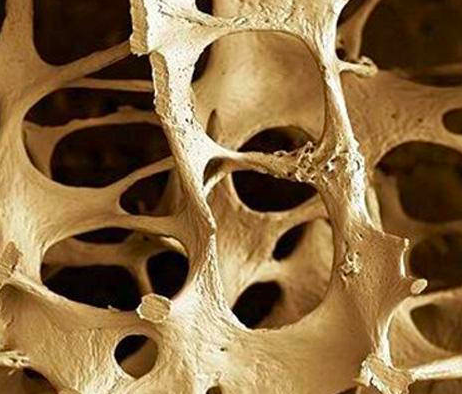A new meta-analysis1 suggests that 1-2 drinks a day increases the risk of osteoporosis with 34% compared to abstainers. With 2 or more drinks a day, the risk increases to 63%. Sounds pretty much! But is it true? The article is published in the scientific journal Drug and Alcohol Dependence, but has so many shortcomings that it actually only highlights the confusion there can be about osteoporosis.
What is already known?The effect of alcohol consumption on osteoporosis seems dose-dependent. In general, moderate alcohol consumption has no significant influence or even has a positive effect on bone density. Data on heavy alcohol consumption are conflicting, mainly pointing to negative effects on bone structure.2
What does this study adds? This study provides no further clarification regarding the effect of alcohol on osteoporosis, but likely confirms former finding regarding the negative effect of heavy alcohol consumption on bone fractures.
The Iranian authors included 6 studies: 3 case-control, 2 cohort and 1 cross-sectional study. How many participants these studies entail is not mentioned.
Greater risk for ‘osteoporosis’
According to the authors, people consuming 1-2 drinks (14-28g alcohol) a day have a 34% increased risk to develop osteoporosis compared to abstainers. Increase the amount to 2 or more drinks a day and the risk is even 63% higher. For 0.5-1 drinks there was no significant effect.
Many sidenotes
The results of this article should be treated with caution as the study is carried out poorly. An important shortcoming is that the definition of osteoporosis is unclearly used in this article.
So, what is osteoporosis? It is a skeletal disorder characterized by a reduction of bone mineral density (BMD) and may lead to bone fractures. Although low BMD may lead to bone fractures, it is important to make a distinction between the two, as other factors apart from BMD play a role in breaking a bone. (Think of weakened motor skills). A previous meta-analysis3 found high alcohol consumption to be associated with hip fractures (the consequence of osteoporosis), but a small linear protective association with BMD (the actual characteristic of osteoporosis). This new meta-analysis does not make distinction between these two factors. More research is needed to further clarify the association between alcohol consumption and osteoporosis.
Possible mechanism
The authors explain the negative impact of alcohol on osteoporosis by the fact that it interferes with the balance of calcium. In addition, they note heavy drinking of alcohol may cause hormone deficiencies in adults irrespective of gender.
Strengths
- Meta-analysis with systematic approach
- Low heterogeneity among studies
- Dose-response association investigated
- Amount of alcohol clearly defined for cohort studies
Limitations
- Not making a distinction between bone mass density and fractures when studying osteoporosis
- Limited number of studies included
- Included studies adjusted for very few confounding factors (most did not adjust for nutritional status, gender, smoking, menopause status, etc.)
- No dose-response association investigated with case-control studies
- Sick-quitters could influence the association
- No data for specific type of alcohol types
- No subgroup analyses performed
References
1: Cheraghi, Z., Doosti-Irani, A., Almasi, A., Baigi, V., Mansournia, N., Etminan, M., & Mansournia, M. A. (2019). The effect of alcohol on osteoporosis; a systematic review and meta-analysis. Drug and alcohol dependence.
2: Maurel, D. B., Boisseau, N., Benhamou, C. L., & Jaffre, C. (2012). Alcohol and bone: review of dose effects and mechanisms. Osteoporosis international, 23(1), 1-16.
3: Berg, K. M., Kunins, H. V., Jackson, J. L., Nahvi, S., Chaudhry, A., Harris Jr, K. A., … & Arnsten, J. H. (2008). Association between alcohol consumption and both osteoporotic fracture and bone density. The American journal of medicine, 121(5), 406-418.
Fotocredits: ‘osteoporosis’ from German Tenorio

